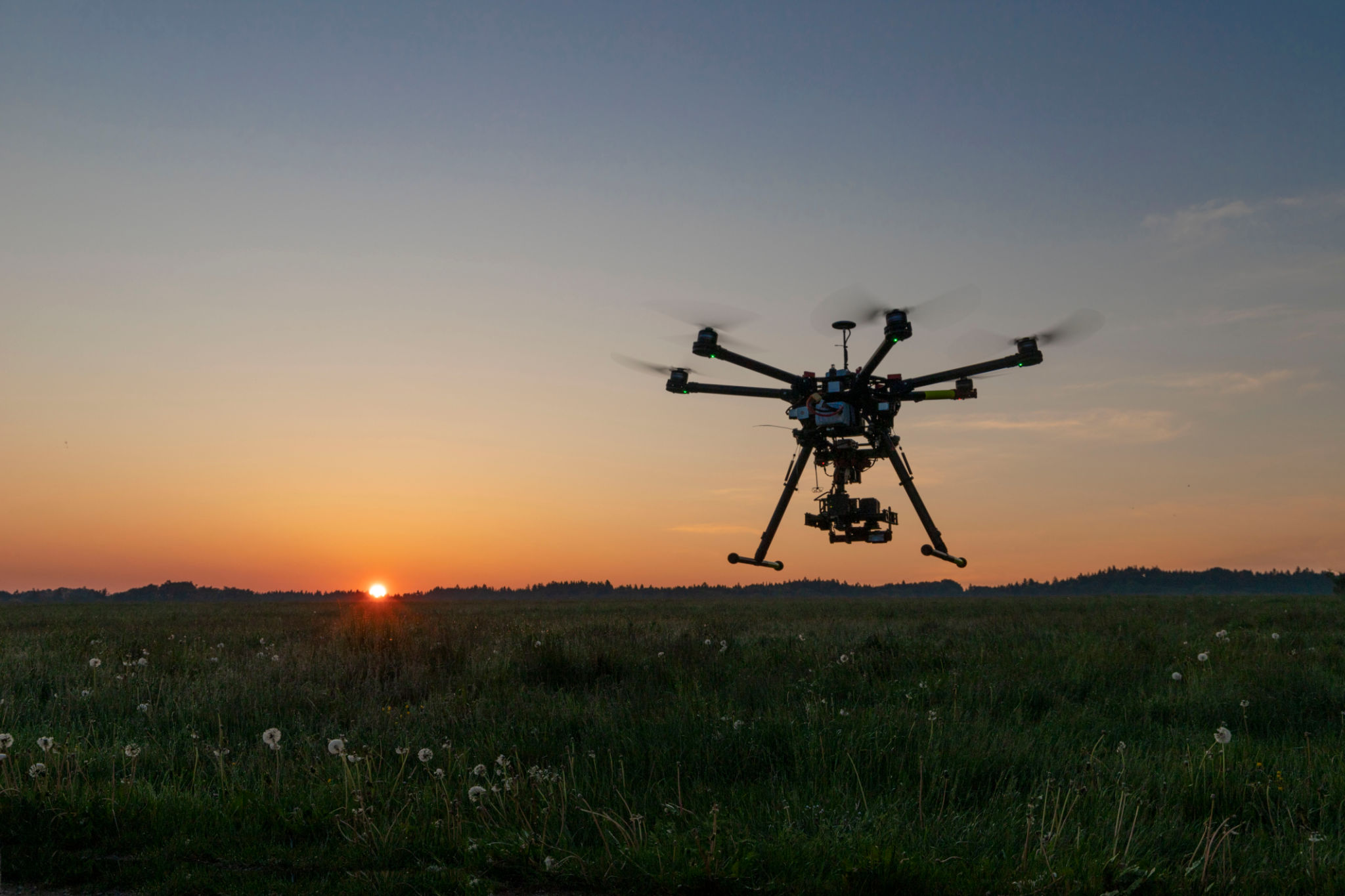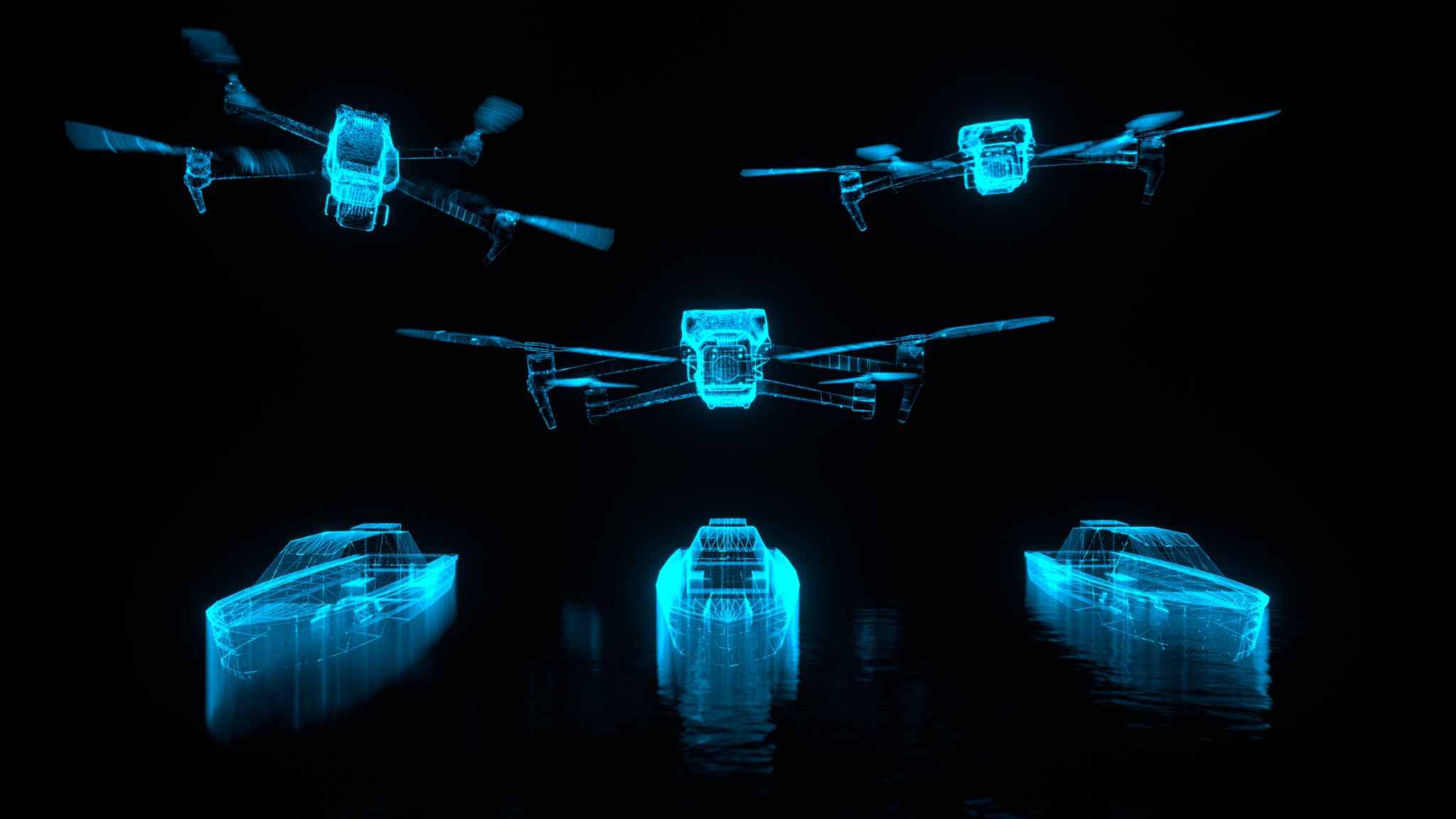Harnessing Emerging Technologies in Animal Control: How Drones Are Revolutionizing Wildlife Management
Introduction to Drones in Wildlife Management
The rapid advancement of technology has opened new frontiers in various fields, and one area that has significantly benefited is wildlife management. The use of drones in animal control and conservation efforts is revolutionizing how experts monitor and manage wildlife populations. These unmanned aerial vehicles (UAVs) offer a bird’s-eye view that provides invaluable data for conservationists and animal control officers.

The Benefits of Drones in Animal Control
Drones provide numerous advantages over traditional methods of wildlife monitoring. One of the most significant benefits is efficiency. Unlike ground-based surveys, drones can cover large areas quickly and with minimal human disturbance to the animals. This allows for more frequent monitoring and better data collection.
Additionally, drones are equipped with advanced cameras and sensors, enabling them to capture high-resolution images and videos. This technology allows for the identification of species, tracking of animal movements, and detection of potential threats such as poaching or habitat destruction. The data collected can then be analyzed to make informed decisions about conservation strategies.
Applications of Drones in Wildlife Management
The applications of drones in wildlife management are vast and varied. One of the most common uses is in population monitoring. By using thermal imaging cameras, drones can accurately count the number of animals in a given area without disturbing them.

Drones are also instrumental in tracking migratory patterns. Equipped with GPS technology, they can follow animals over long distances, providing insights into their behavior and habitat use. This information is crucial for developing strategies to protect migratory routes and ensure the survival of endangered species.
Challenges and Considerations
Despite the advantages, there are challenges associated with using drones in wildlife management. One significant concern is the potential disturbance to animals, especially those sensitive to noise. Ensuring that drones operate at a safe distance is essential to minimize stress on wildlife.
Regulatory issues also play a role in drone usage. Various regions have different laws governing drone flights, which can impact where and how they are used. It is vital for organizations to stay informed about these regulations to avoid legal complications.
Future Prospects
The future of drones in wildlife management looks promising. As technology continues to evolve, we can expect drones to become even more efficient and accessible. Innovations such as AI integration and improved battery life will further enhance their capabilities, making them indispensable tools in animal control and conservation efforts.

Moreover, collaborations between technology developers and conservationists are likely to lead to even more specialized drone applications tailored to specific conservation needs. This partnership will ensure that emerging technologies are harnessed effectively for the benefit of wildlife and ecosystems.
Conclusion
In conclusion, drones are transforming the landscape of wildlife management by providing innovative solutions to age-old challenges. Their ability to gather accurate data quickly and efficiently makes them a valuable asset in conservation efforts. As we continue to harness these emerging technologies, we move closer to a future where both humans and wildlife can thrive harmoniously.